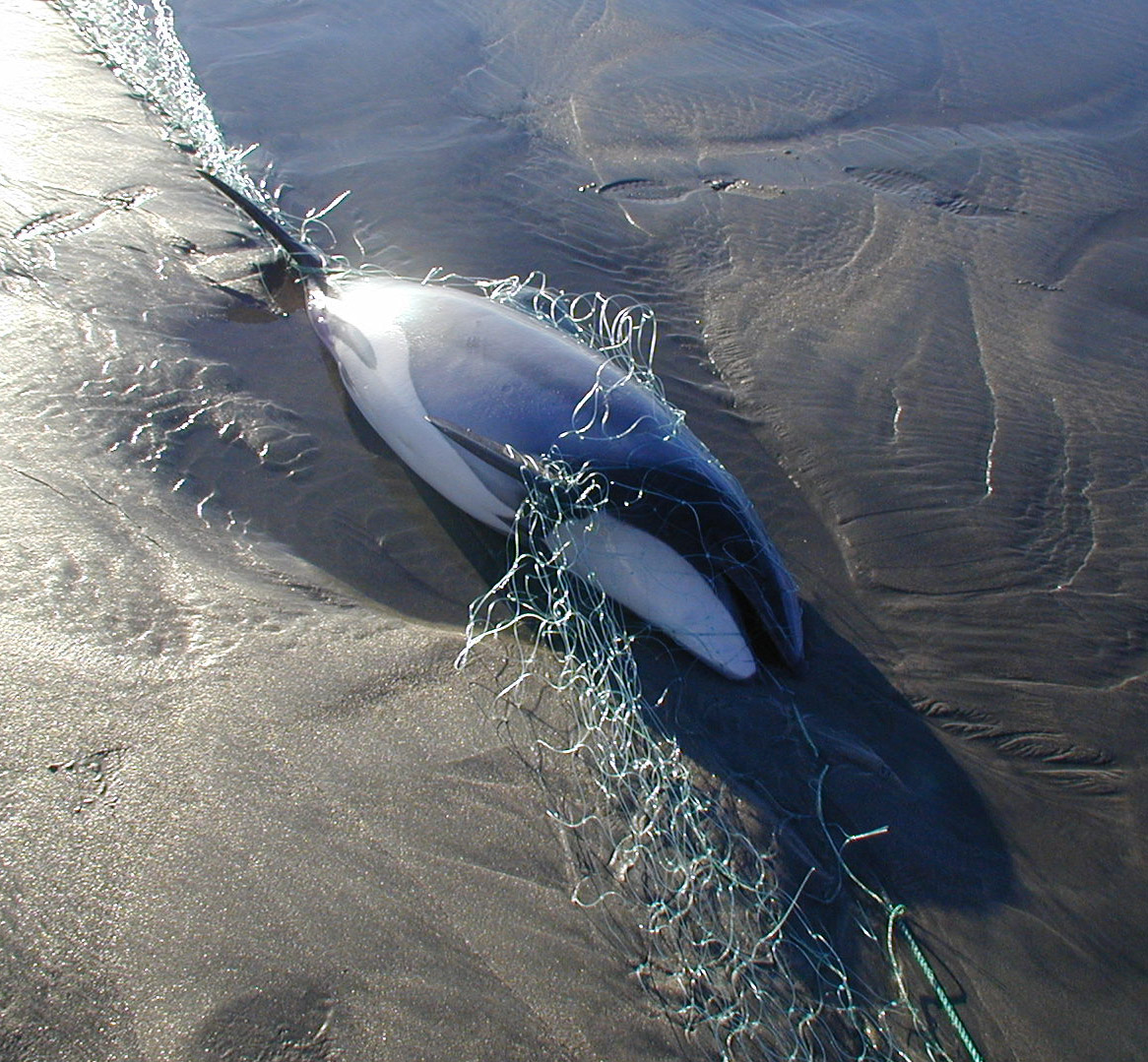Yeah, yeah, yeah. You've heard it all before. But guess what? You're going to hear it all again, just better phrased and more convincing.
Hornbill Conservation: Bad for Wildlife, Bad for Us
I’ve been disgusted for a long time now by the posters around the city exclaiming, ‘Let’s make Singapore our garden!’ But what irritates me most about them isn’t their blatant propagandism, actually, nor their caption, ‘50 Years of Greening Singapore!’. It’s the bird in the corner, perching on the tree. It’s a distinctive bird, definitely: a huge bill with a pie-like structure balanced on top adorns its face. It’s a likeable bird. It’s a bird that was once extinct in Singapore. It is the Oriental Pied Hornbill, and it is the worst thing that the Singaporean government could ever have chosen to be the focus of their latest publicity campaign- oh, sorry, I meant conservation program.
Its re-introduction success story has been advertised far and wide. And I’m not denying it wasn’t a success. According to Innovation Magazine’s article ‘Hornbills in Singapore’, the population of hornbills has jumped from 15 in 2007, when it started, to over 100 today. But maybe, just maybe, we don’t need 100 hornbills here. Maybe, just maybe, there was something a little lacking in this particular conservation program- like, oh, I don’t know, maybe actual scientific studies on hornbills before we jumped headfirst into the project? Before it started, besides the scattered observations of bird-watchers, there was zero information about Oriental Pied Hornbills and their role in Singapore. Other than the fact it went extinct in the 1900s and a pair, possibly escapees from the pet trade, were spotted nest building in 1983 (Rajuthurai), we knew nothing. Not about the population trend, not about their feeding habits, not about how many hornbills Singapore can actually support before our fragile ecological balance is tipped irreversibly for the worse.
And that’s a question that’s coming up quite a lot now. Even world-renowned bird behavior blog BESG (Bird Ecology Study Group) who initially declared themselves as “proud to be partners of the Hornbill project” in a post ironically called, ‘Oriental Pied Hornbills Parental Infanticide’ is voicing concerns. “With such sudden increase in the population of hornbills in Singapore, there is a need to study how they would impact on our fragile biodiversity,” one doubtful post, titled ‘How Many Oriental Pied Hornbills Can Singapore Support?’ said.
The truth is, we have no idea about the future of Oriental Pied Hornbills here- other than the government’s tourist-friendly vision of delightful ornaments adorning our city-cum-garden. Even post-introduction, the only information on them is that gathered from one NSS population survey and sensors in their artificial nest boxes. But let’s see. According to the Straits Times, people have considered moving house due to the calls of Asian koels, a bird notable for early morning wake up calls. Replacing that bird with not one, not two, but a flock of up to seven Oriental Pied Hornbills? With their staccato crackling: yak-yak-yak all in unison, the cooing of koels would seem relatively soft in comparison.
I wonder how long it’ll be before the first resident calls Pest Control.
But they aren’t only powerful musicians. Oriental Pied Hornbills are also gourmets. Popular delicacies include baby birds and eggs. For example, the first actions of the Oriental Pied Hornbill released in Sungei Buloh was to devour a sunbird's nest, egg and all. There are also records of one raiding a Little Heron’s nest. Especially considering that this carnivorous consumption occurs during breeding season, and consists of egg-theft and nest-raids, this could have definite impact on our population of breeding birds in the future. As in, if we have too many hornbills eating too many eggs, we will have fewer birds in all. Period. Subjaraj Rajuthurai, well-known wildlife consultant, said, “They will definitely have an impact on our breeding bird population, an impact that will increase as we increase the hornbill numbers by introduction. We’re giving them an unfair advantage, and that can have major repercussions on the rest of the ecosystem."
Let’s face the facts. Singapore’s hornbill reintroduction program wasn’t thought out fully enough. It is grossly under-researched, and we have no idea of their possible impact in the future. There are so many more species that deserve a public spotlight and are slowly and steadily disappearing for lack of one. So next time you see a hornbill, don’t fawn over it, and gush over how lovely it is to see a once-extinct species in your neighborhood.
Because it isn’t lovely. At all.













